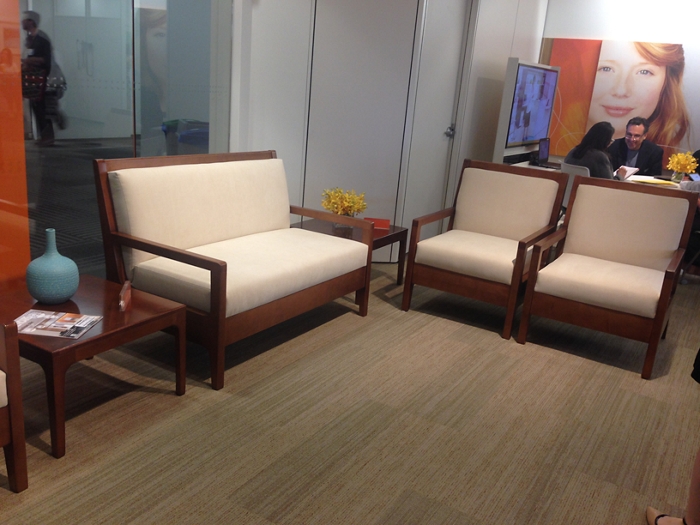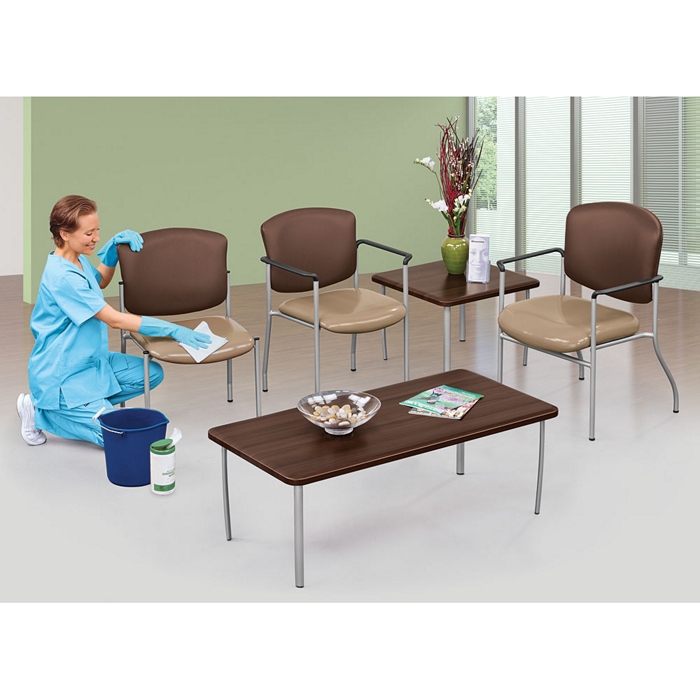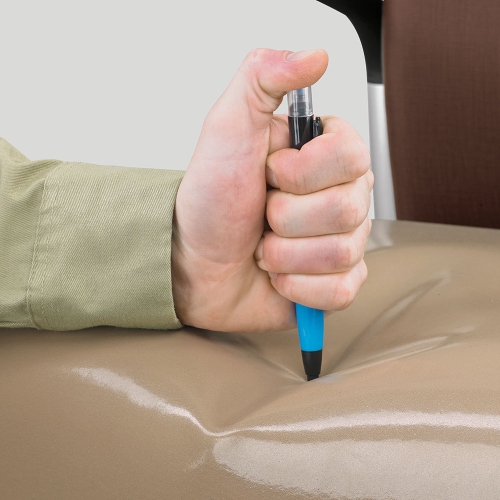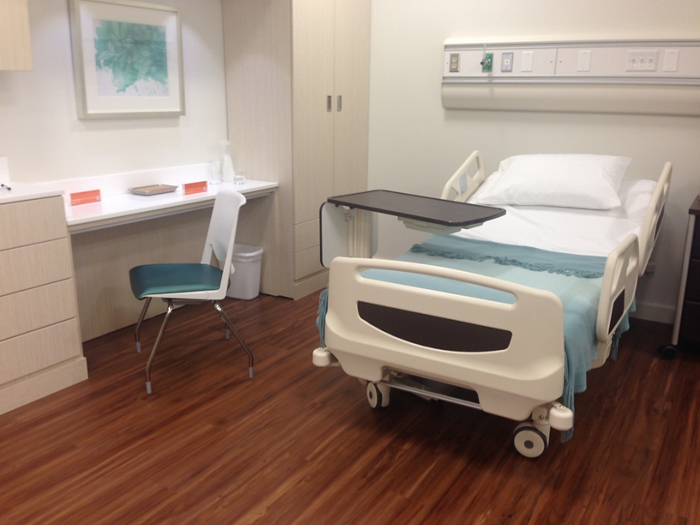Healthcare Furniture Tips - Ace Office Furniture Houston
- Get link
- X
- Other Apps
Healthcare Furniture 101: 4 Major Considerations
Nicole Groshek
3/2/2016
When furnishing a healthcare facility, knowing where to start your search for the right furniture can be a daunting task to say the least. Not only does furniture need to be commercial quality, but it also needs to go far above and beyond that of what you would buy for a typical business. So where do you start? With how it looks? How durable it is? These are what our healthcare furniture experts consider to be the four most crucial factors to consider, in order, beginning with the most important.

Safety. Not surprisingly, the first and most important factor that must be taken into consideration when shopping for healthcare furniture is how safe the product is to use. Think about the types of patients your medical facility treats on a daily basis. For the average adult care facility, you’ll want to make at least 15% of the seating in your waiting room is bariatric to ensure that all guests feel welcome and comfortable during their stay with you. Depending on the types of patients you see regularly, you may need even more than this. If you’re outfitting an orthopedic or geriatric facility, hip chairs should be provided for guests who may struggle with getting up and out of standard guest chairs.
Along with chairs having a safe weight capacity, they should also feaure a safe egress, meaning they should be able to support the weight and motion that it takes for an individual to get out of them. A chair with arms should include padded armrests that are comfortable and easy to grip, plus they must be able to bear the weight of an adult person pushing down on them in order to get up and out of the chair. On the same note, armless chairs should also be provided for larger patients who may not want to use a bariatric chair. Remember, creating a healing atmosphere involves giving your patients the freedom to choose where and how to sit.
Beware of pinch points. Though it can require a lot of research and comparing different pieces of furniture, try to include as few pinch points in your healthcare furniture as possible. These safety hazards can be found in any sort of furniture that has moving parts, from fold-down trays and overbed tables to adjustable chairs and cabinetry. Although eliminating all pinch points will be near impossible, you can reduce them significantly. Tip: Incorporate furniture that uses piano hinges rather than cabinet hinges for extra safety, especially in furniture being used around children.
Avoid furniture that has welting. Also called cording or piping, seating that has welting elements make great catch points for bacteria to grow in. Not only can bacteria be spread through contrast stitching and piping, but these upholstery elements can also irritate the skin. Instead, look for seating that has waterfall edges to minimize bacteria catch points and to provide a greater level of comfort for your guests. If your seating does have seams, make sure that they are outward facing (facing away from the person sitting in the chair) to minimize the opportunity for bacteria growth.

Cleanability. Due to the nature of healthcare facilities, the cleanability of your furniture could be wrapped into the safeness of it, since the only safe furniture in a medical facility is that which is kept impeccably clean and sanitized. Of course, the best way to keep your furniture perfectly clean is by buying furniture that’s easy to clean.
Healthcare seating should always include a clean-out space between the seat and back of the chair—the bigger the better. Not only does this leave fewer catch points for bacteria growth and bedbug breeding, but it also makes the chairs much easier for staff to clean, ensuring the upholstery is cleaned completely, and leaving no room for missed spots. A large clean out space will prevent potentially harmful or bacteria-filled objects from being deposited between the seat and back of the chair. Remember, your cleaning staff should never have to stick their hands in an area where they can’t see what they might be touching—it’s a health concern and a safety concern for patients and staff alike.
In addition to seating, ensure that all of the casegoods in your medical facility are made using easy-to-clean materials. Wood and veneer furnishings are porous and not acceptable for a healthcare setting. Instead, select laminate for your reception desks, tables and cabinetry, which gives off the look of wood but is far more cleanable. Remember that everything in your healthcare facility needs to be cleanable, not just what you can see on the surface. Even the insides of cabinets and drawers must be able to be cleaned completely in order to minimize the spread of harmful bacteria in your facility. Consider using drawer liners that can be easy removed in the event of an unexpected spill.

Durability. When it comes to durability, you’ll want to once again consider your facility’s regular population. In most facilities, the space should be equipped with furniture that has framework with metal-to-metal connections, which are the most durable. When it comes to desks and tables, be sure to get furniture that won’t scratch easily, as scratches on table tops can become a quick breeding ground for germs that are then easily spread between patients. Casegoods and seating should be moisture-resistant and able to withstand regular wear in a busy waiting room or exam room. To learn more about which upholsteries are most suitable in a healthcare setting, be sure to read our guide to healthcare textiles.

Aesthetics. Though the aesthetics of a medical facility may not seem important to the untrained eye, we assure you that they matter quite a bit. Just because an environment is sterile does not mean it has to look cold and uninviting. Rather than decking out your hospital or private practice with white-on-white walls and furnishings, incorporate warm, inviting tones in your wall paint, furniture and décor. A pleasing look will help boost the morale of your guests, helping to calm uneasy nerves and make visits more comfortable for everyone involved. This can be achieved through nature scenes on your walls, laminate furniture in warm wood tones and seating in earthy colors or fun patterns.
- Get link
- X
- Other Apps
Comments
Post a Comment